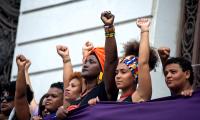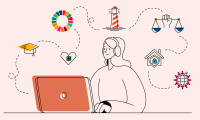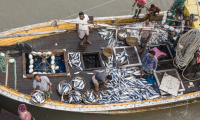The right to defend rights monitoring tool

The right to defend rights is a monitoring tool which uses human rights-based indicators to systematically monitor the enabling environment for human rights defenders. These indicators are the basis for two sets of assessments which facilitate data collection at (a) national level and (b) for specific groups of human rights defenders.
The tool aims to address current limitations in the global SDG monitoring framework for effectively assessing progress in the enabling environment for human rights defenders and civic space based on a comprehensive set of related human rights standards.
Who can use this tool?
This tool can be used by stakeholders from all sectors. These include state institutions with a mandate to collect data on human rights defenders as well as academia, think-thanks, non-governmental organisations, and human rights defender groups who wish to perform a comprehensive monitoring of the enabling environment for human rights defenders in a country or sub-national region. For example, it could be a national human rights institution, ministry of justice, statistical office, university, national networks of human rights defenders and small groups or organisations of human rights defenders.
What happens to the data collected?
The tool facilitates data collection and data visualization and offers a data repository.
Once the data collection process is finalised, the system generates a report which summarizes the responses and indicates how well the country is doing in ensuring an enabling environment for human rights defenders (for the specific group(s), organisation(s) or in general), depending on the scope of your data. This report can be used to complement monitoring and reporting efforts to national and international human rights and SDG bodies and processes on these issues, for national stakeholder dialogue or advocacy, and for strategic planning purposes based on the gaps identified in the data collection.


